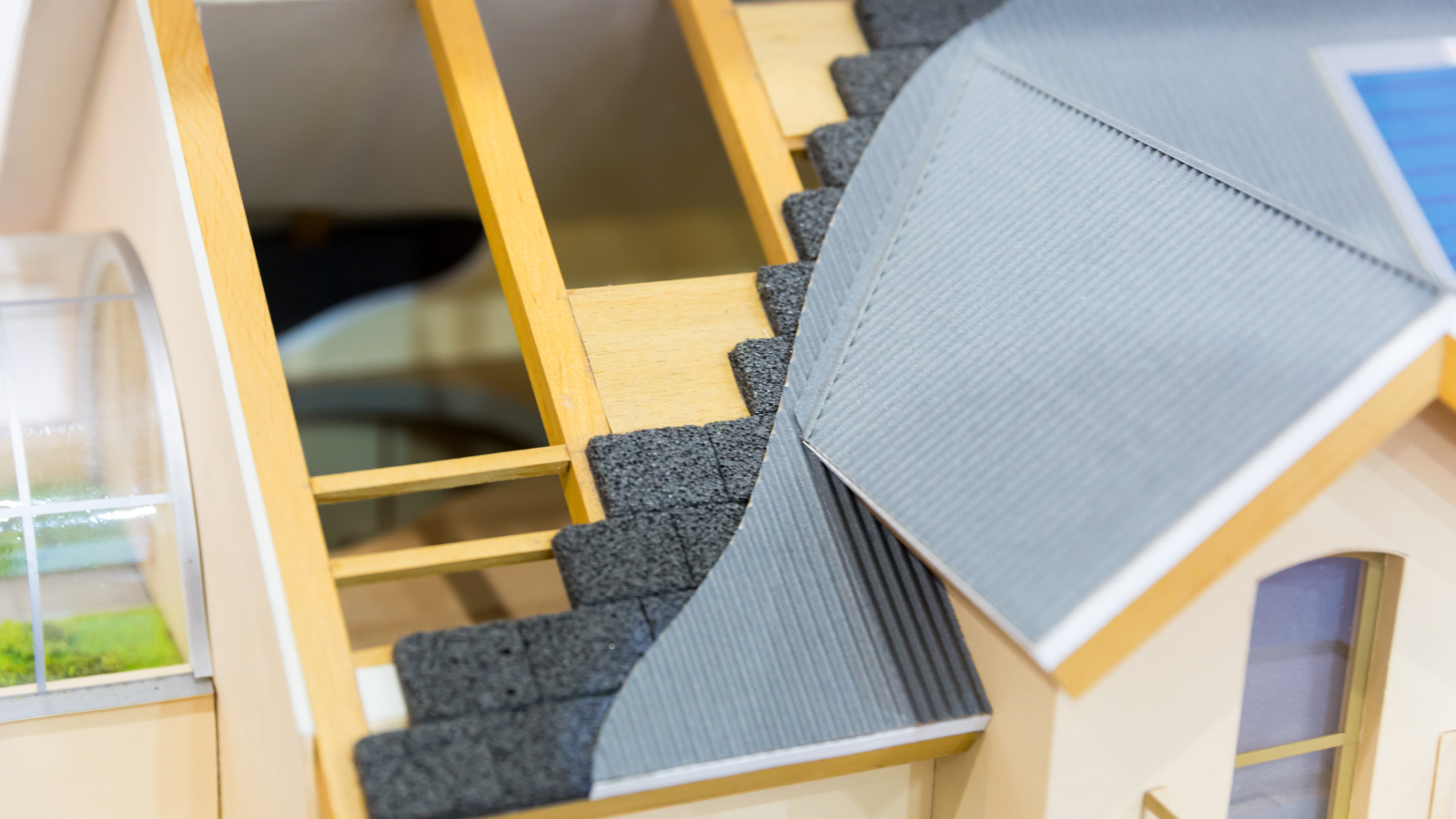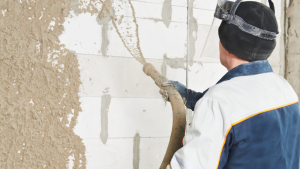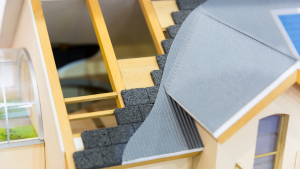When it comes to enhancing the energy efficiency of your home, one of the most effective methods is through the use of insulated stucco systems. This approach not only provides a beautiful and durable finish but also significantly improves the thermal performance of your building. In this blog post, we will explore the insulation value of stucco, delve into the intricacies of stucco insulation systems, and discuss the benefits and considerations of using these systems for energy efficiency.
For almost forty years, CMB East Brunswick Stucco & EIFS has partnered with homeowners, businesses, and architects across New Jersey and New York. Whether it’s a Manhattan high-rise or a Hoboken brownstone, no project is too big or small. Let us guide you in choosing the perfect system for your property. We look forward to collaborating with you!
What is the Insulation Value of Stucco?
Stucco itself is not known for its high insulation value. Traditional stucco has an R-value (a measure of thermal resistance) of about 0.20 per inch. However, when combined with insulation materials, stucco systems can offer substantial improvements in thermal performance. Insulated stucco systems, often referred to as Exterior Insulation and Finish Systems (EIFS), typically include a layer of foam insulation that significantly increases the R-value. These systems can achieve R-values ranging from R-4 to R-12 per inch, depending on the type and thickness of the insulation used.
Understanding Stucco Insulation Systems
Stucco insulation systems are multi-layered systems designed to enhance both the aesthetic appeal and energy efficiency of buildings. A typical insulated stucco system comprises:
1. Base Layer: This is the substrate or sheathing on which the system is installed. It can be made of plywood, oriented strand board (OSB), or other materials.
2. Insulation Board: This is usually made of expanded polystyrene (EPS), extruded polystyrene (XPS), or polyisocyanurate foam. The thickness of this board determines the system’s overall R-value.
3. Base Coat: A cementitious or acrylic-based layer that covers the insulation board, providing a durable and weather-resistant surface.
4. Reinforcement Mesh: Embedded in the base coat, this mesh adds strength and prevents cracking.
5. Finish Coat: The outermost layer, available in various textures and colours, giving the building its final appearance.
BENEFITS OF STUCCO INSULATION SYSTEMS FOR ENERGY EFFICIENCY
1. Enhanced Thermal Performance: Insulated stucco systems significantly reduce heat transfer through the walls, helping to maintain a consistent indoor temperature. This leads to lower heating and cooling costs, contributing to overall energy savings.
2. Moisture Control: These systems are designed to manage moisture effectively, preventing water infiltration and reducing the risk of mould and mildew growth. This ensures the longevity of the building’s structure.
3. Durability and Low Maintenance: Stucco is a robust and long-lasting material that can withstand harsh weather conditions. With proper installation and maintenance, insulated stucco systems can last for decades.
4. Aesthetic Versatility: Available in a variety of textures and colours, stucco can be tailored to suit any architectural style, enhancing the visual appeal of your home while improving energy efficiency.
CONSIDERATIONS WHEN INSTALLING STUCCO INSULATION SYSTEMS
1. Professional Installation: To ensure maximum energy efficiency and durability, it is crucial to have the system installed by experienced professionals. Improper installation can lead to issues such as water infiltration and reduced thermal performance.
2. Compatibility with Existing Structure: Before installation, assess the stucco system’s compatibility with your building’s existing structure. Some older buildings may require additional preparation to support the new system.
3. Local Climate: Consider the climate of your region when choosing the insulation material and thickness. Different insulation types perform better under specific climatic conditions.
4. Cost vs. Savings: While insulated stucco systems can be more expensive upfront compared to traditional stucco, the long-term energy savings often offset the initial cost. Calculate the potential return on investment based on your energy consumption and local utility rates.
Conclusion
Improved energy efficiency with insulated stucco systems offers a compelling blend of aesthetic appeal, durability, and significant energy savings. By understanding the insulation value of stucco, exploring the components of stucco insulation systems, and recognizing the benefits and considerations, homeowners can make informed decisions to enhance their property’s energy performance. Investing in an insulated stucco system is not just a step towards a more sustainable home but also a commitment to long-term savings and comfort.
Whether you are building a new home or renovating an existing one, consider the advantages of insulated stucco systems. These systems combine beauty and energy efficiency, making them an excellent choice for the modern, eco-conscious homeowner.




